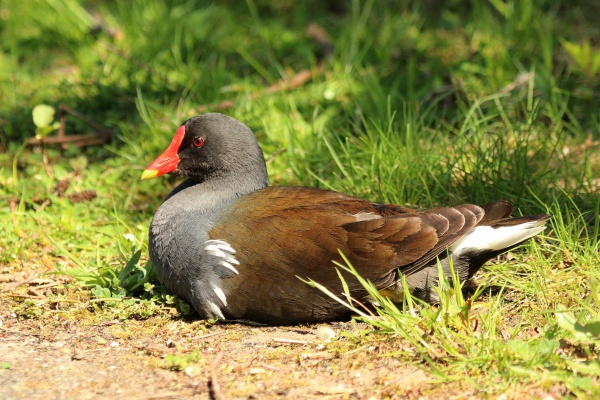Facts About Common moorhen
The common moorhen, often referred to as the waterhen or swamp chicken, is an intriguing bird belonging to the rail family, widely distributed across various parts of the Old World. These birds thrive in well-vegetated marshes, ponds, and wetlands, but they are absent from polar regions and tropical rainforests. Notably, the common moorhen is closely related to the common gallinule found in the New World. Its scientific name, Gallinula chloropus, aptly reflects its distinctive appearance: dark feathers, a white undertail, yellow legs, and a conspicuous red frontal shield.
When threatened, common moorhens emit a range of calls and hisses. They are medium to large-sized birds, measuring between 30-38 cm (12-15 inches) in length and weighing around 192-500 grams (0.4-1.1 pounds). Their diet is quite diverse, consisting of both vegetation and small aquatic creatures, and they typically forage in and around water bodies. During the breeding season, female moorhens construct nests on the ground amidst dense vegetation and typically lay about eight eggs.
Although the common moorhen is generally abundant worldwide and classified as a species of Least Concern, certain local populations are under threat. For instance, in Palau, fewer than 100 adult moorhens remain, and they are often hunted by locals. Additionally, these birds can be hosts to parasites such as the cyclocoelid flatworm and the moorhen flea.
